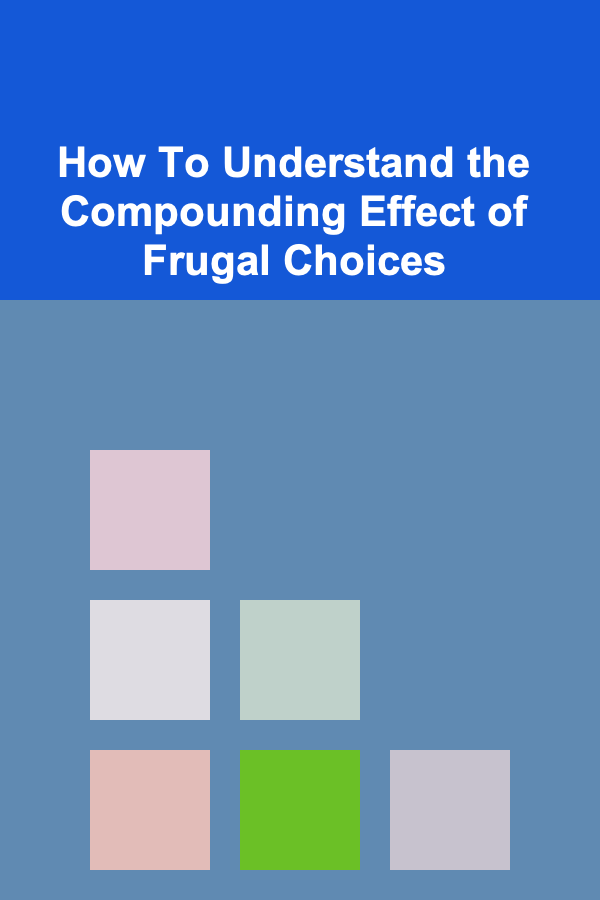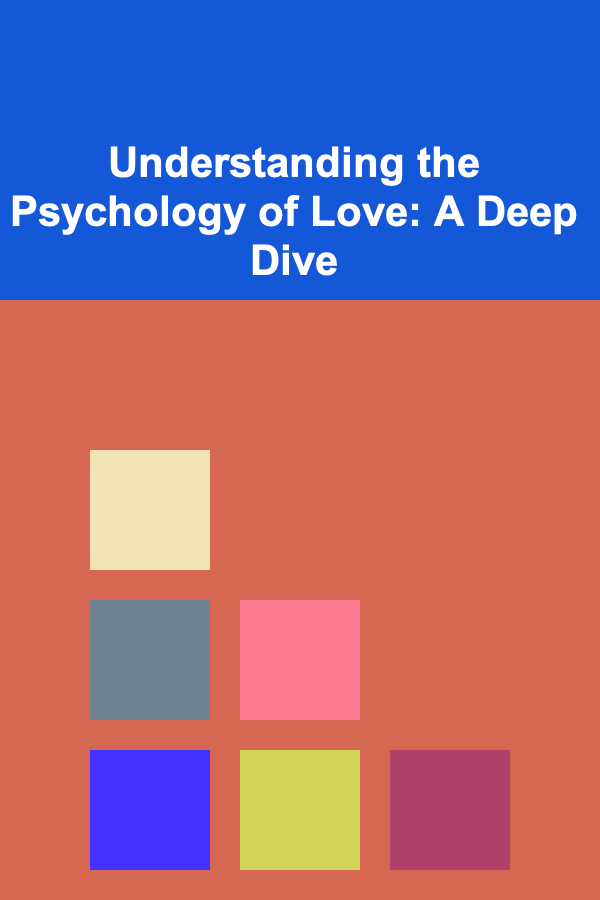
10 Tips for Fashion Designers to Stay Inspired & Creative
ebook include PDF & Audio bundle (Micro Guide)
$12.99$8.99
Limited Time Offer! Order within the next:
Not available at this time

Fashion design is an inherently creative field that requires constant innovation and inspiration. The world of fashion is ever-changing, with new trends, materials, technologies, and cultural shifts influencing the industry. For fashion designers, staying inspired and maintaining a high level of creativity is essential to succeed in this fast-paced environment. However, sustaining creativity can sometimes be challenging due to factors like burnout, creative blocks, or the pressure to constantly innovate.
In this article, we will explore ten practical tips to help fashion designers stay inspired and creatively engaged. These strategies not only help combat creative blocks but also encourage a continuous flow of fresh ideas and innovative designs. By adopting these tips, designers can keep their work dynamic, original, and aligned with current trends while preserving their unique creative vision.
Immerse Yourself in Different Art Forms
Fashion design, at its core, is an art form. To stay creatively inspired, fashion designers should explore different types of art beyond clothing design. Engaging with other creative disciplines can provide fresh perspectives and innovative ideas that can be integrated into fashion design.
- Explore Visual Arts: Paintings, sculptures, and photography can spark new ideas for color palettes, textures, and patterns. For instance, abstract paintings may inspire bold geometric patterns, while the use of light and shadow in photography could influence your approach to garment structure or fabric choice.
- Engage with Performing Arts: Dance, theater, and music offer rich sources of inspiration, from the movement of dancers to the extravagant costumes on stage. These art forms can inspire dynamic garment designs that reflect fluidity, movement, and emotion.
- Attend Art Exhibitions and Shows: Visiting galleries and exhibitions, or attending performances, can expose you to new trends in visual culture and expose you to cutting-edge creative practices.
By broadening your artistic scope, you open up new avenues of inspiration that can breathe life into your fashion designs.
Study Fashion History
Fashion has a rich history, and understanding the evolution of styles, silhouettes, and techniques can provide valuable insights into modern design. Studying historical fashion not only allows designers to understand the foundational principles of garment construction but also helps to avoid redundant designs and encourages innovation by building upon past work.
- Look to Iconic Designers: Study the works of legendary designers like Coco Chanel, Yves Saint Laurent, and Alexander McQueen to understand their philosophies and design techniques. These designers have shaped the fashion industry, and their work continues to inspire new generations.
- Examine Different Fashion Eras: From the extravagant styles of the Victorian era to the rebellious spirit of the 1960s, each fashion period offers unique lessons on form, fabric, and culture. Understanding these historical styles can help designers discover untapped design possibilities.
- Visit Fashion Museums: Many cities have museums dedicated to fashion history, such as the Museum at the Fashion Institute of Technology (FIT) in New York or the Victoria and Albert Museum in London. These places offer a deep dive into the history of fashion through exhibitions, archives, and collections.
Studying fashion history helps designers understand the roots of their craft, enabling them to create fresh and innovative work grounded in tradition.
Travel and Explore Different Cultures
One of the most effective ways to refresh your creativity is by traveling and experiencing different cultures. Fashion is often influenced by cultural heritage, and global influences can play a significant role in shaping new collections.
- Cultural Inspiration: Different cultures offer a variety of textiles, color combinations, patterns, and silhouettes that can be translated into modern designs. For example, the intricate embroidery of Indian fashion or the vibrant patterns found in African textiles can be reimagined in contemporary collections.
- Explore Local Markets and Traditions: Traveling to different parts of the world allows designers to observe traditional craftsmanship and techniques. Markets and local artisans often offer unique textiles, which can spark fresh ideas for your next collection.
- Understand Cultural Contexts: By experiencing different lifestyles, customs, and beliefs, designers can draw inspiration from how fashion plays a role in a specific culture, and incorporate that context into their designs, ensuring that each piece tells a meaningful story.
Travel and cultural exploration give designers an opportunity to step outside their everyday environment, which often leads to renewed creativity and inspiration.
Collaborate with Other Creatives
Collaborating with other creatives---whether they are fellow designers, illustrators, photographers, stylists, or even musicians---can offer new perspectives and help you see your work through a different lens.
- Team Up with a Photographer: Working with a photographer can give you insight into how your designs look under different lighting and in various contexts. They may suggest new ways of presenting your collection, which could spark new creative ideas.
- Work with Artists in Other Fields: Collaborating with musicians, dancers, or performance artists can introduce you to entirely new forms of expression. A partnership with a choreographer, for example, could lead to fashion designs that incorporate movement and performance.
- Exchange Ideas: Creative collaboration encourages idea-sharing, which can help break through mental blocks and offer fresh perspectives. Sometimes, the best ideas come from brainstorming sessions with others who bring a different skill set and point of view to the table.
Collaboration pushes you to step out of your comfort zone and experiment with new techniques, pushing the boundaries of your own creativity.
Create a Vision Board or Mood Board
Vision boards and mood boards are a great way for fashion designers to gather inspiration and visualize their creative ideas. By collating various images, colors, fabrics, and concepts into one physical or digital board, designers can keep track of their ideas and see them in a new context.
- Incorporate Visual Inspirations: Clip images from fashion magazines, printouts from Pinterest, fabric swatches, and even elements from nature that inspire you. These can be placed on your board to help you visualize your current design direction.
- Color Palettes and Patterns: A mood board is also a great way to experiment with different color schemes, prints, and textures before committing to a final design. This allows you to play around with combinations that may not have seemed intuitive initially.
- Reflect Your Personal Aesthetic: As a designer, your mood board should reflect your personal style and design philosophy. It serves as a reminder of the elements that resonate most with you and helps guide your creative process.
Mood boards help you stay organized and focused on the direction you want your designs to take, while also sparking new ideas.
Stay Updated with Fashion Trends
Fashion is constantly evolving, and staying updated with current trends is vital to ensure your designs stay relevant. However, this doesn't mean you should follow trends blindly. Instead, use current fashion trends as a source of inspiration that aligns with your creative vision.
- Follow Fashion Week Shows: Attending or watching fashion weeks (New York, Paris, Milan, etc.) can give you insights into upcoming trends, colors, and materials. Designers often set the tone for the next season during these events.
- Read Fashion Publications: Magazines, blogs, and online platforms like Vogue, Elle, and Business of Fashion provide up-to-date information on fashion industry news, emerging trends, and innovative designers.
- Adapt Trends to Your Own Style: Once you understand the trends, adapt them to fit your unique design aesthetic. Instead of copying trends exactly, incorporate elements of them into your creations in a way that feels true to your style.
By staying informed about trends, you ensure that your designs are modern, relevant, and in tune with the fashion landscape.
Experiment with New Materials and Techniques
Exploring new fabrics, materials, and design techniques can spark fresh creativity and offer endless possibilities for fashion designers. By stepping outside the traditional boundaries of textiles and garment construction, you can create truly unique pieces.
- Experiment with Textures and Fabrics: Try incorporating unusual materials like metal, plastic, or even sustainable fabrics like bamboo or recycled polyester. Each material has its own unique texture and aesthetic, which can inspire new design directions.
- Incorporate Technology into Design: With the rise of wearable technology, fashion designers have the opportunity to explore innovative materials that change color, interact with the environment, or respond to the wearer's movements. Integrating technology with fashion allows designers to create cutting-edge, futuristic designs.
- Create New Techniques: Experiment with new techniques such as pleating, weaving, or handcrafting, which can give your designs a distinctive, one-of-a-kind feel. Pushing the boundaries of traditional garment-making can lead to a breakthrough moment in creativity.
Trying new materials and techniques challenges you to rethink traditional design practices and explore new ways to express your ideas.
Keep a Creative Journal
A creative journal is an essential tool for any designer. It's a place where you can jot down your thoughts, sketches, ideas, and inspirations as they come to you. Regular journaling allows you to track your creative journey and document fleeting moments of inspiration that might otherwise be forgotten.
- Write Down Ideas and Inspirations: Whether it's a fleeting thought about color, an interesting texture you encountered, or a new design concept, writing it down in your journal ensures that you don't lose it. It's also a great way to clarify your thoughts and develop your concepts further.
- Sketch Your Ideas: Many designers use journals to sketch out garment ideas, silhouettes, or even just elements of a design. Sketching helps you visualize your ideas, which can lead to more refined and structured designs later on.
- Review Your Progress: Looking back at your creative journal can reveal patterns in your work, helping you identify your strengths and areas for improvement. It can also help you understand your design evolution over time.
A creative journal serves as both a tool for inspiration and a record of your design journey.
Embrace Failure and Learn from It
In the world of fashion, not every design will be a success, and that's okay. Learning to embrace failure is crucial for growth and creativity. Fashion design is an iterative process, and each misstep or unsuccessful design is an opportunity to learn, adapt, and grow.
- Experiment Freely: Don't be afraid to take risks with your designs. Not every idea will work, but each experiment teaches you something valuable.
- Learn from Mistakes: If a design doesn't turn out as expected, analyze what went wrong and use it as a learning opportunity. Whether it's a technical issue or a creative block, understanding the problem allows you to grow as a designer.
- Stay Resilient: The fashion industry can be tough, and setbacks are inevitable. Embrace them as part of the creative process, and don't let them hinder your passion or creativity.
Failure is part of the creative journey, and learning from mistakes leads to better designs and innovative thinking.
Take Breaks and Practice Self-Care
Finally, it's essential for fashion designers to take regular breaks and practice self-care to avoid burnout and maintain a sustainable creative flow. Design work can be intense, and without rest, your creativity can suffer.
- Take Time Away from Design Work: Step away from your projects occasionally to refresh your mind. This could mean taking a walk, enjoying nature, or spending time with friends and family. Stepping back helps reset your mental and emotional state.
- Pursue Hobbies and Interests: Engaging in activities unrelated to fashion design---such as reading, painting, or cooking---can refresh your creative energy and offer new perspectives that can inform your work.
- Prioritize Well-Being: Maintaining a healthy work-life balance and ensuring you get enough sleep, exercise, and nutrition is essential for staying creative. When you're well-rested and healthy, your mind is sharper, and you're better able to approach design challenges with a fresh outlook.
Taking care of yourself allows your creativity to flourish and ensures that you remain inspired and energized in your work.
Conclusion
Staying inspired and creative as a fashion designer is not always easy, but by employing the right strategies, you can consistently generate fresh and exciting design ideas. Whether it's immersing yourself in art, traveling to new places, collaborating with others, or experimenting with new materials, there are countless ways to keep your creativity alive and thriving. By embracing failure, staying updated on trends, and prioritizing self-care, you can create fashion designs that are both innovative and personally fulfilling. Creativity is a journey, and with the right mindset, you can continue to evolve as a designer while staying true to your unique vision.

How to Create a Checklist for Workplace Emergency Kits
Read More
How To Understand the Compounding Effect of Frugal Choices
Read More
How to Understand Linguistic Humor
Read More
How to Understand Intermittent Fasting for Weight Loss
Read More
Understanding the Psychology of Love: A Deep Dive
Read More
10 Tips for Staying Up-to-Date in the Data Analysis Field
Read MoreOther Products

How to Create a Checklist for Workplace Emergency Kits
Read More
How To Understand the Compounding Effect of Frugal Choices
Read More
How to Understand Linguistic Humor
Read More
How to Understand Intermittent Fasting for Weight Loss
Read More
Understanding the Psychology of Love: A Deep Dive
Read More